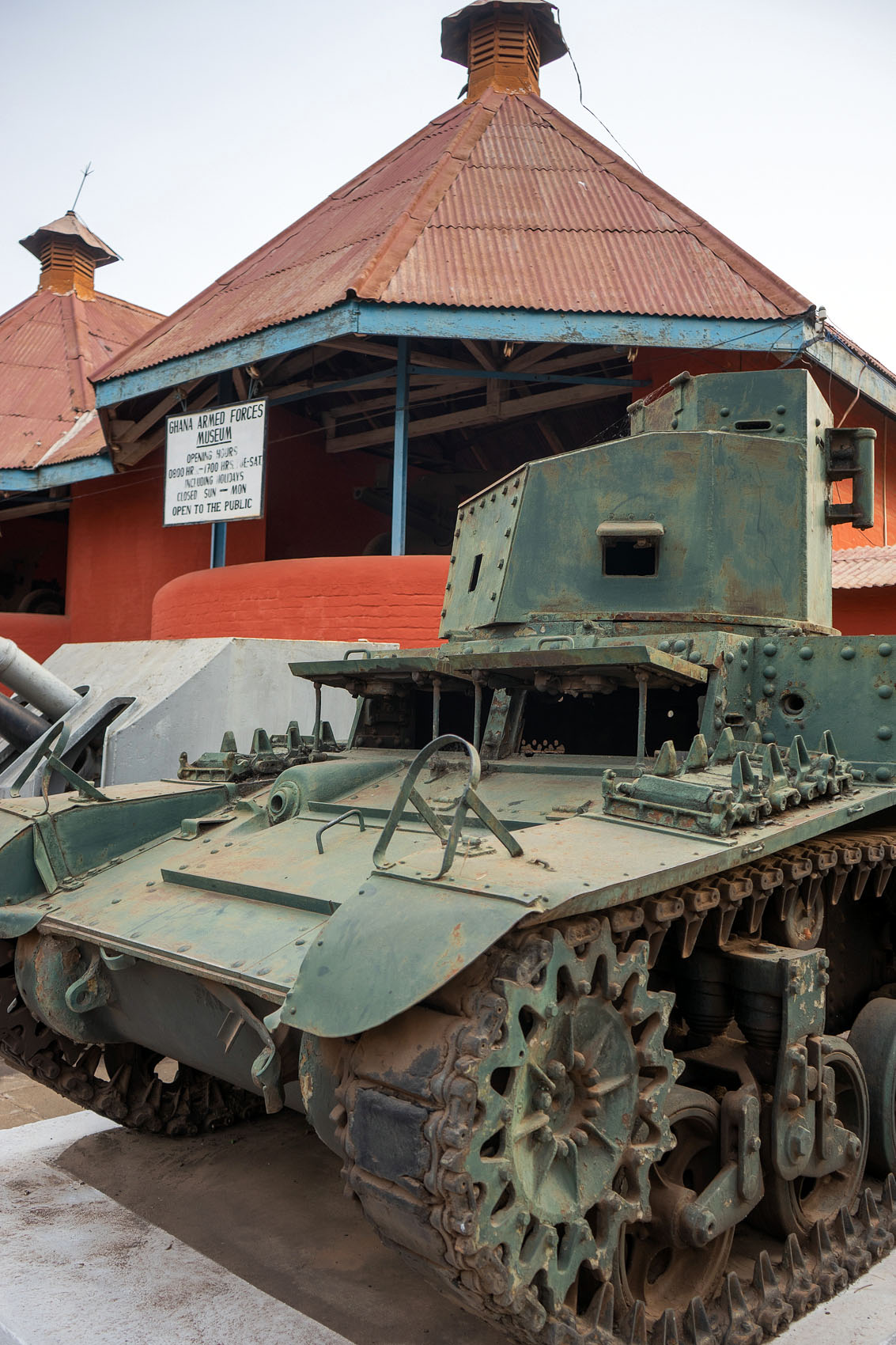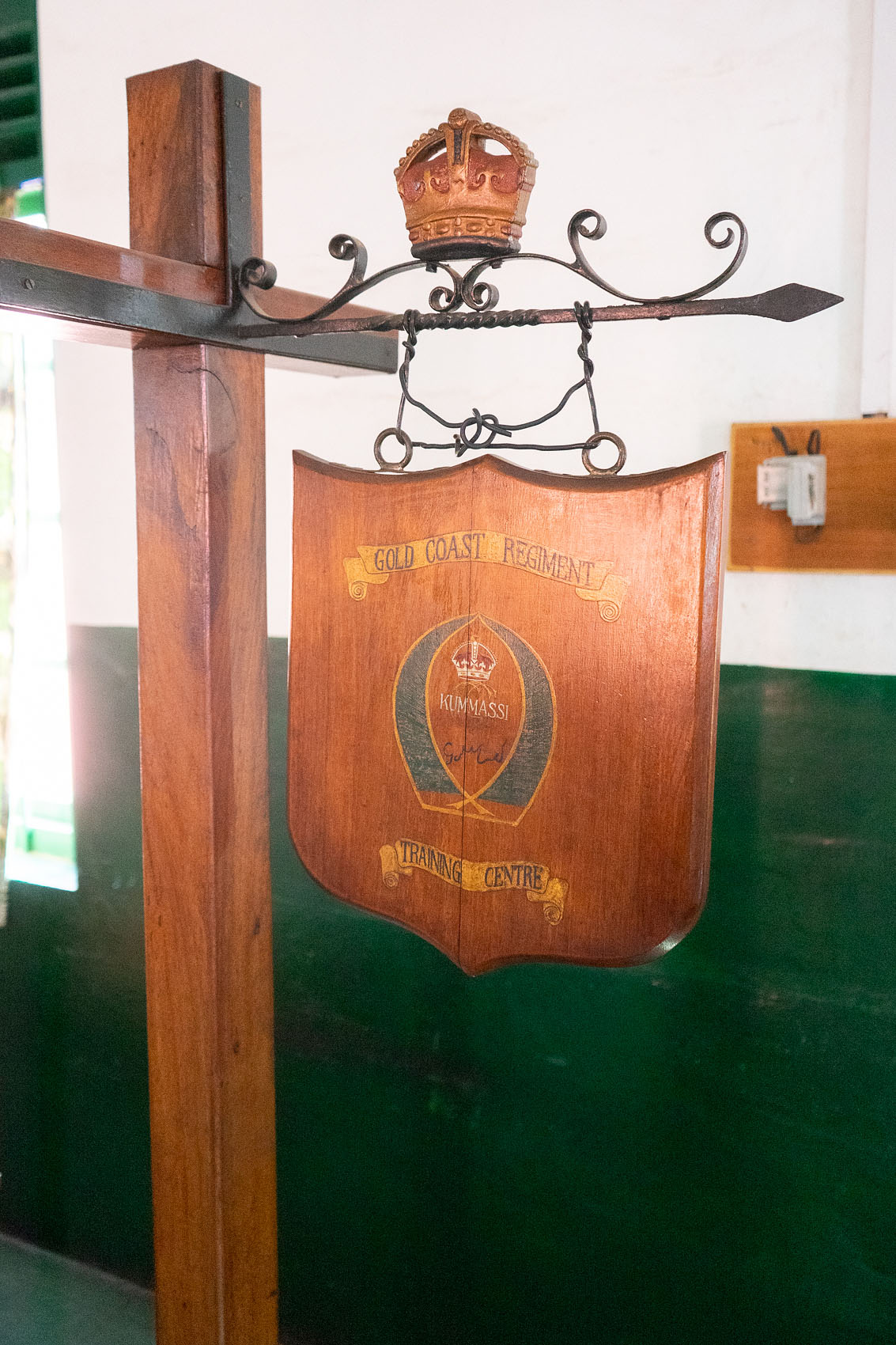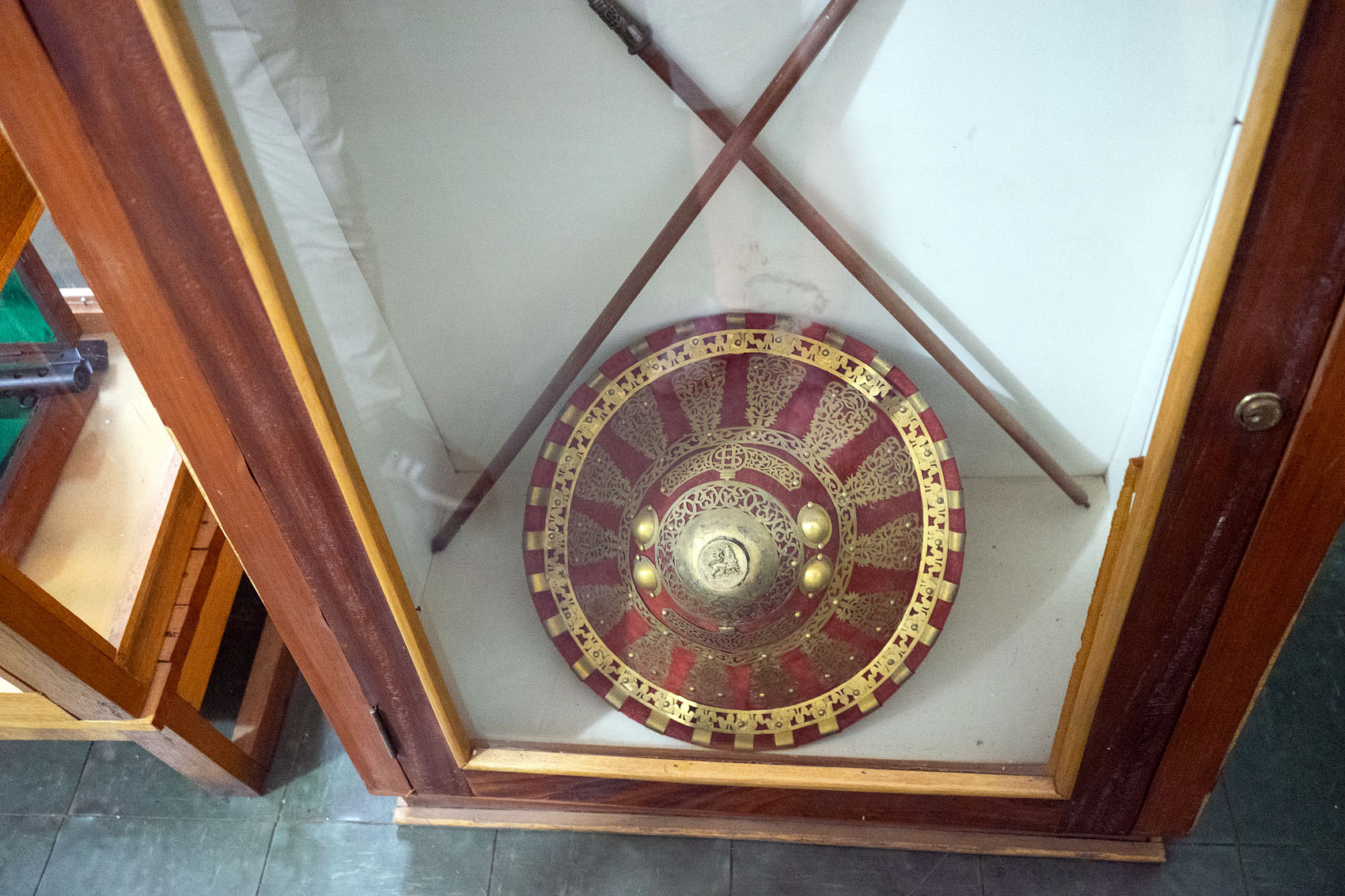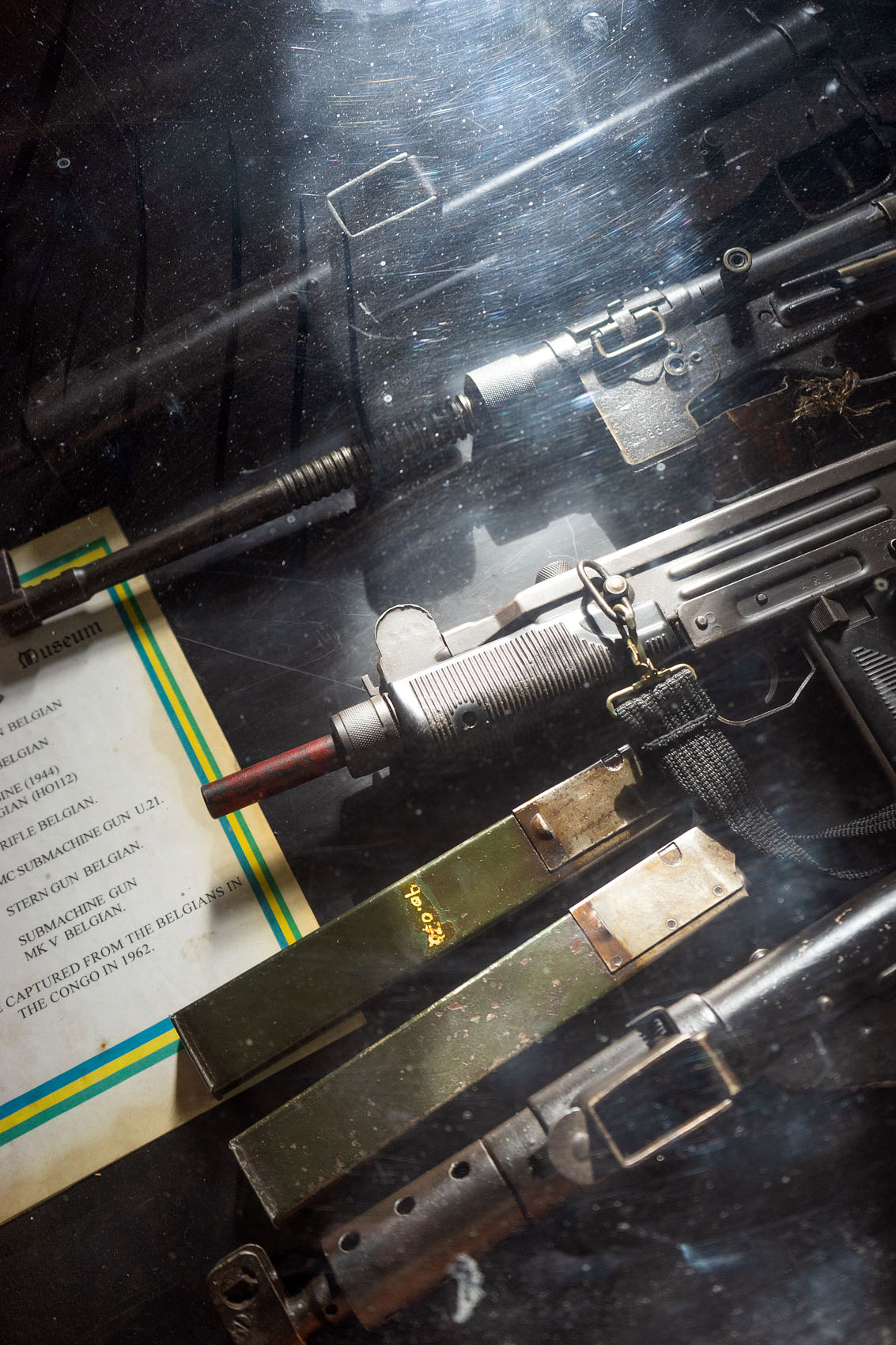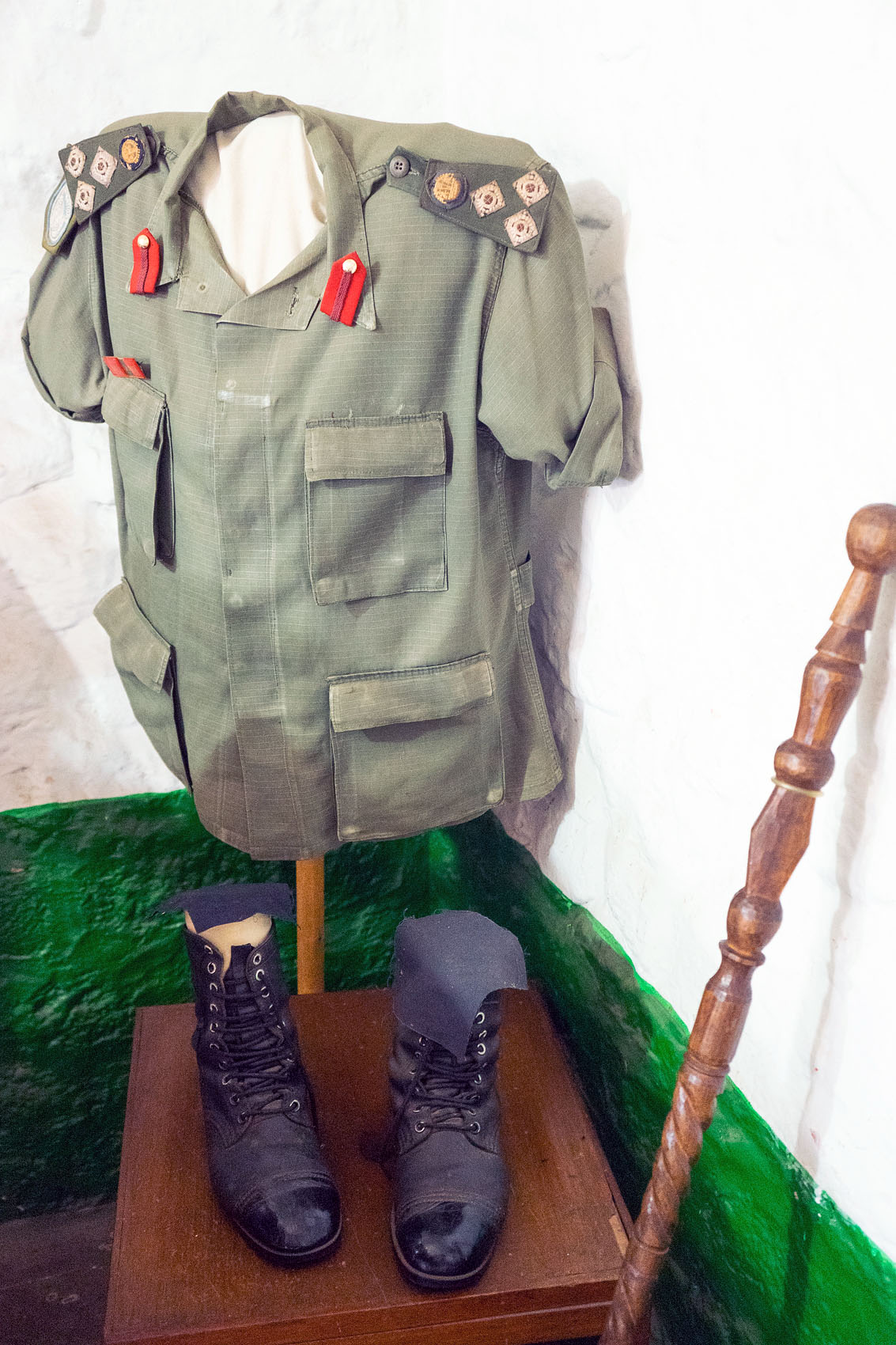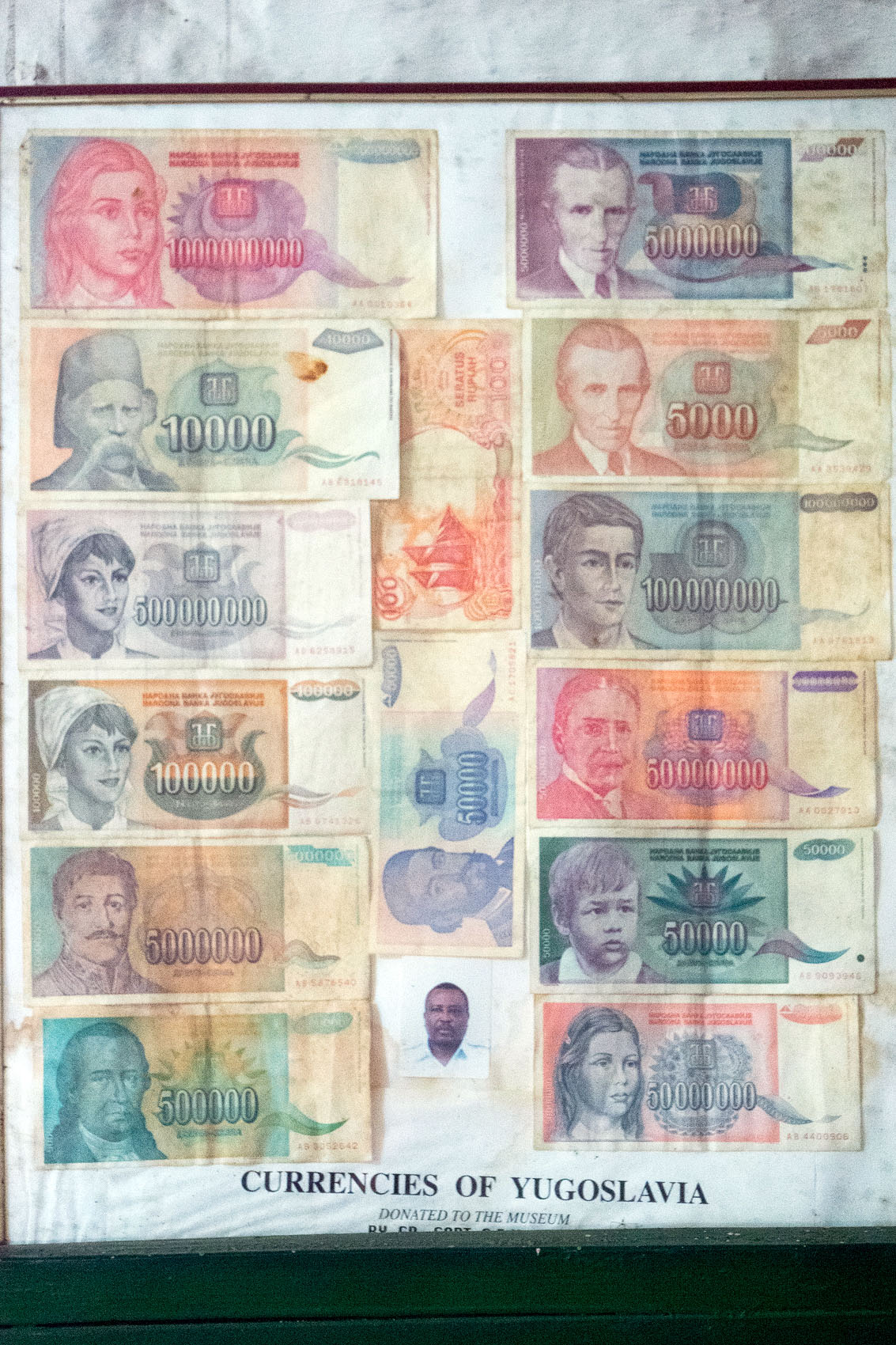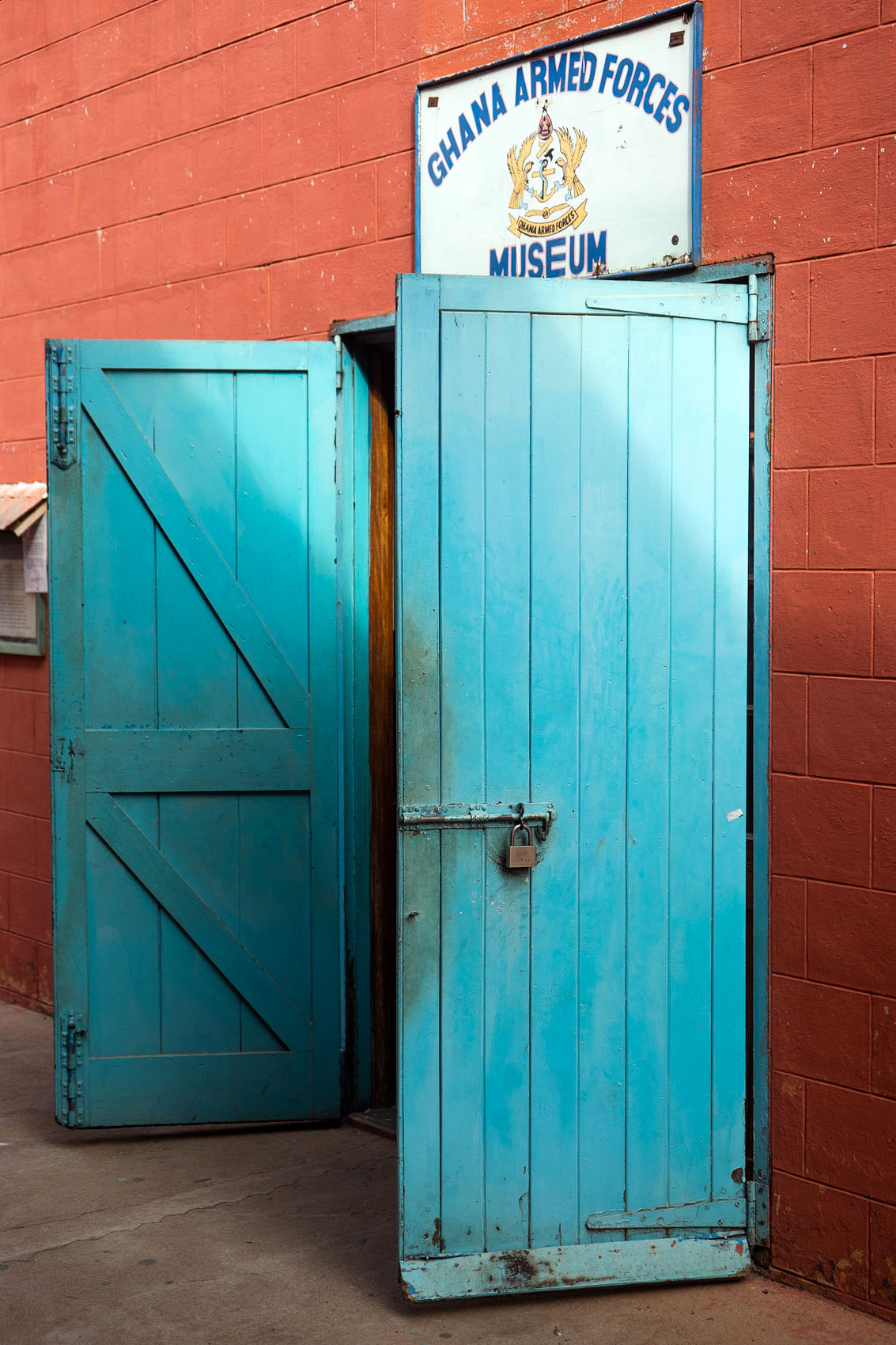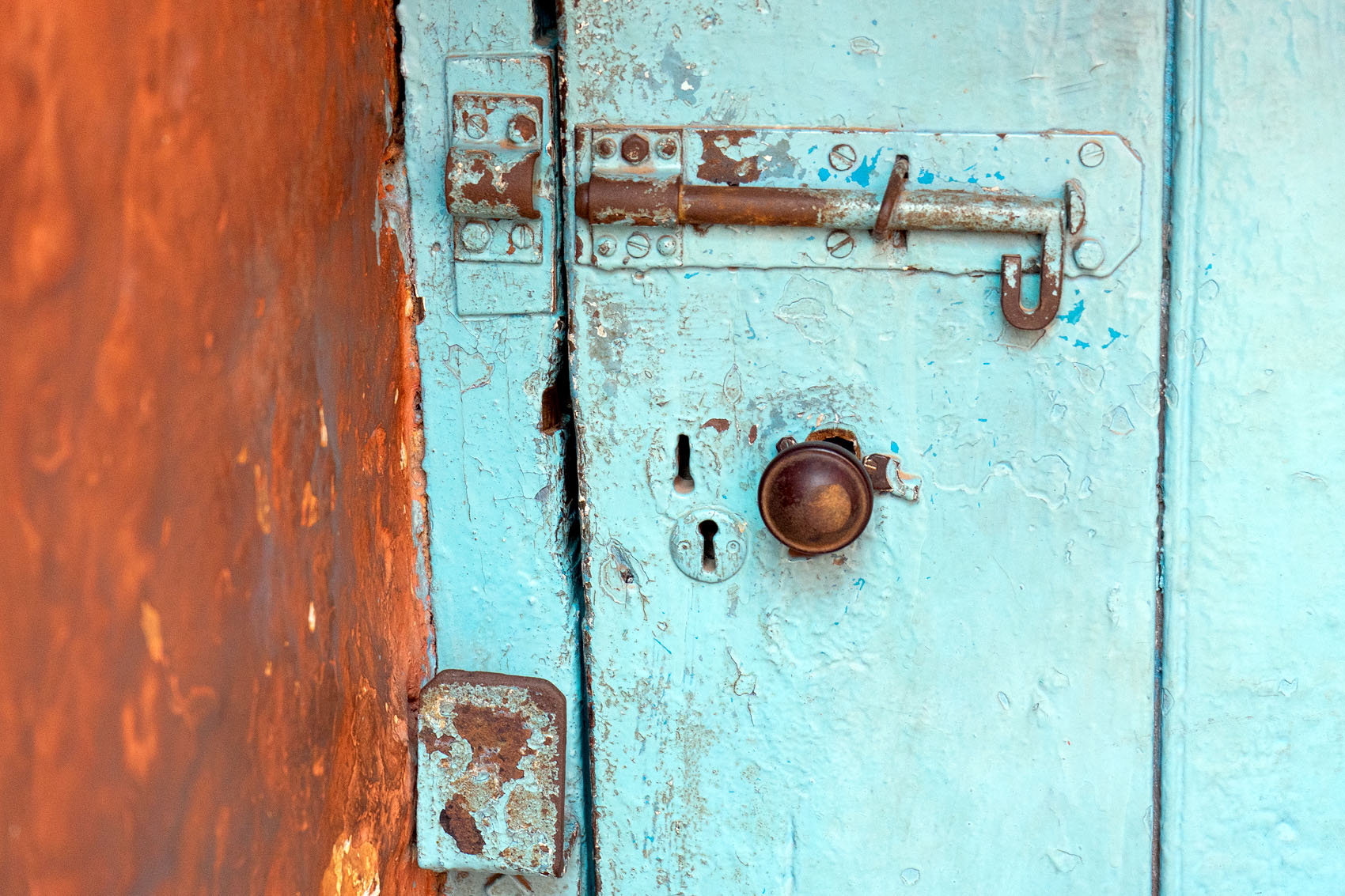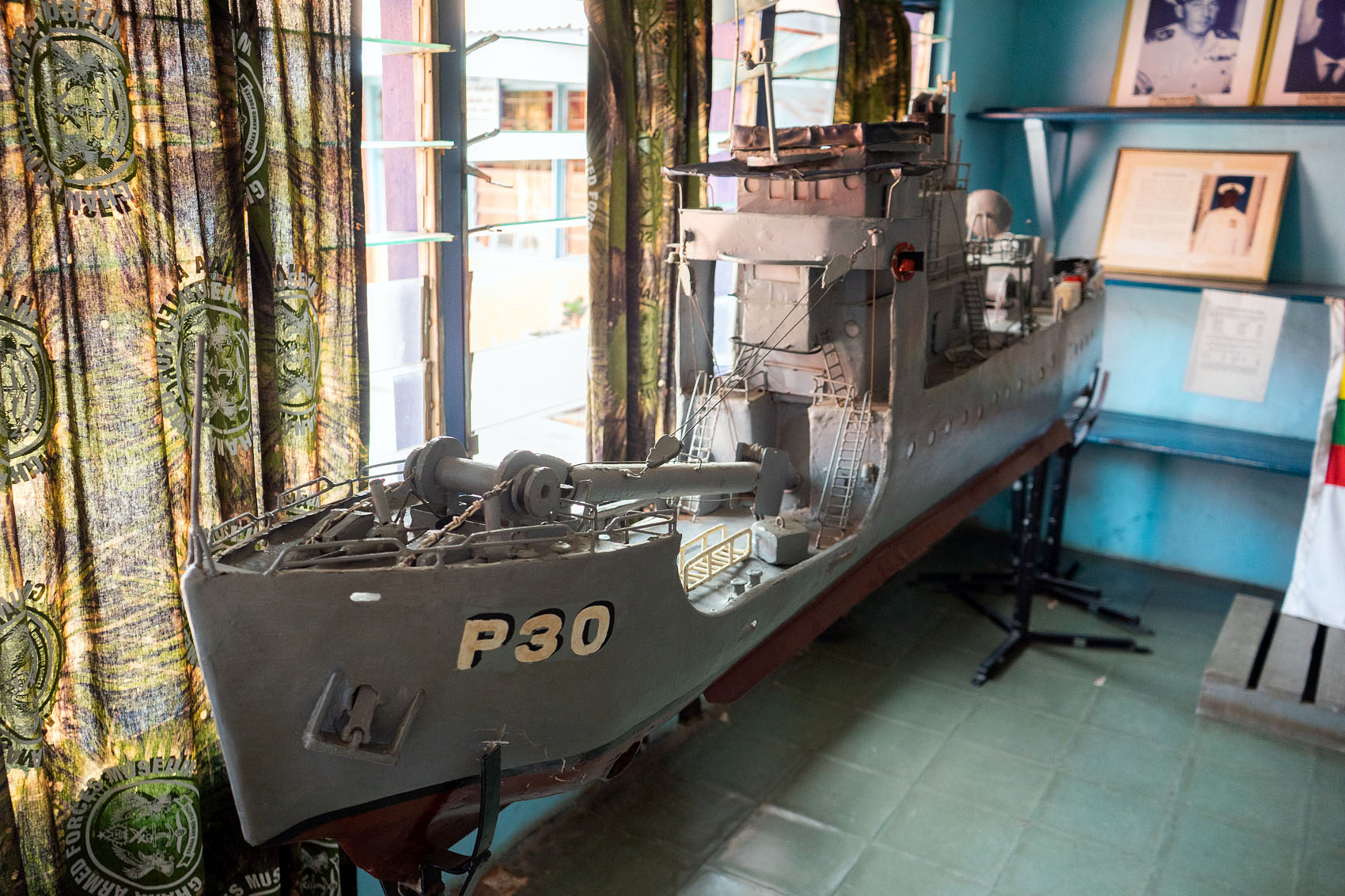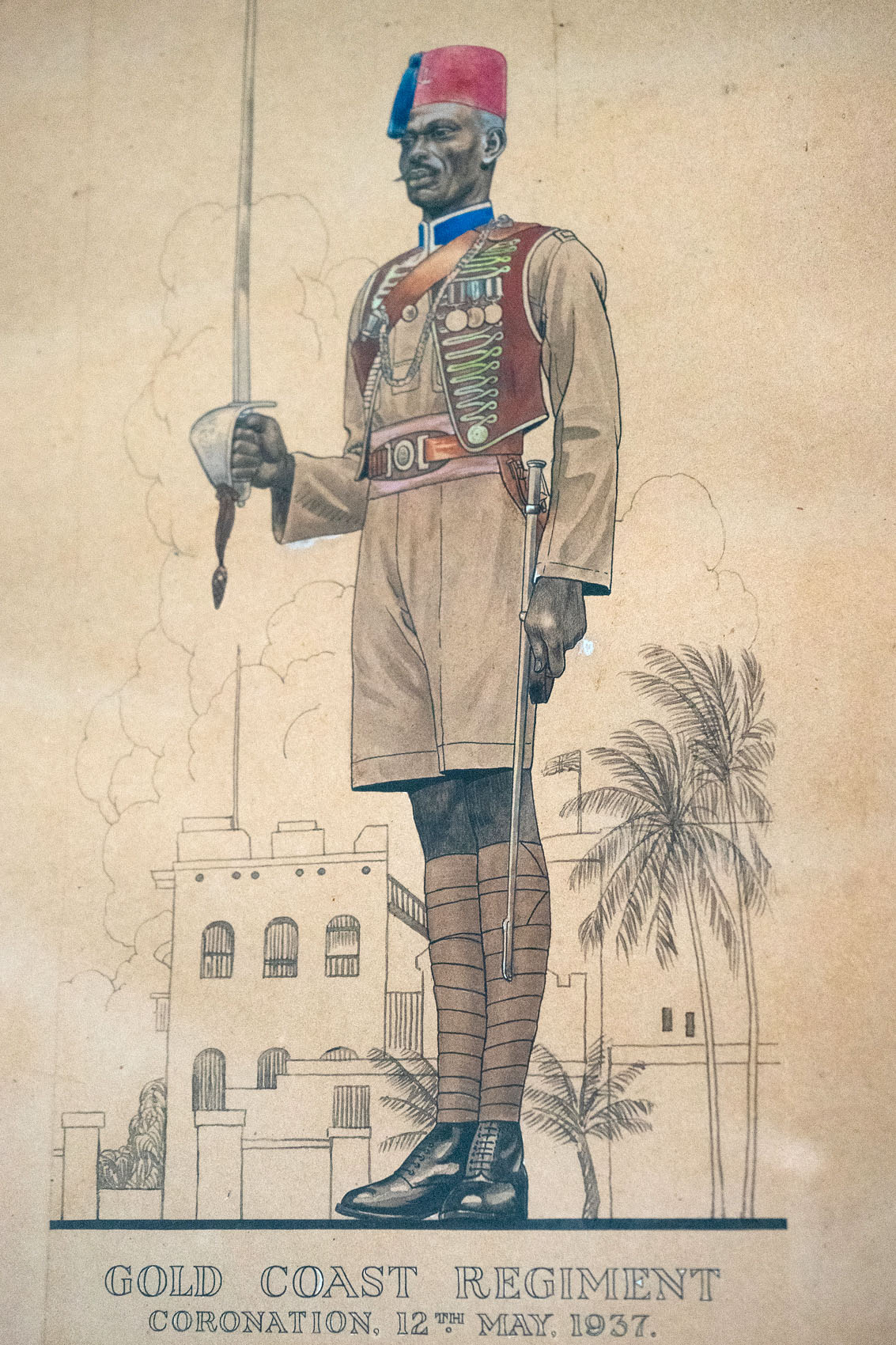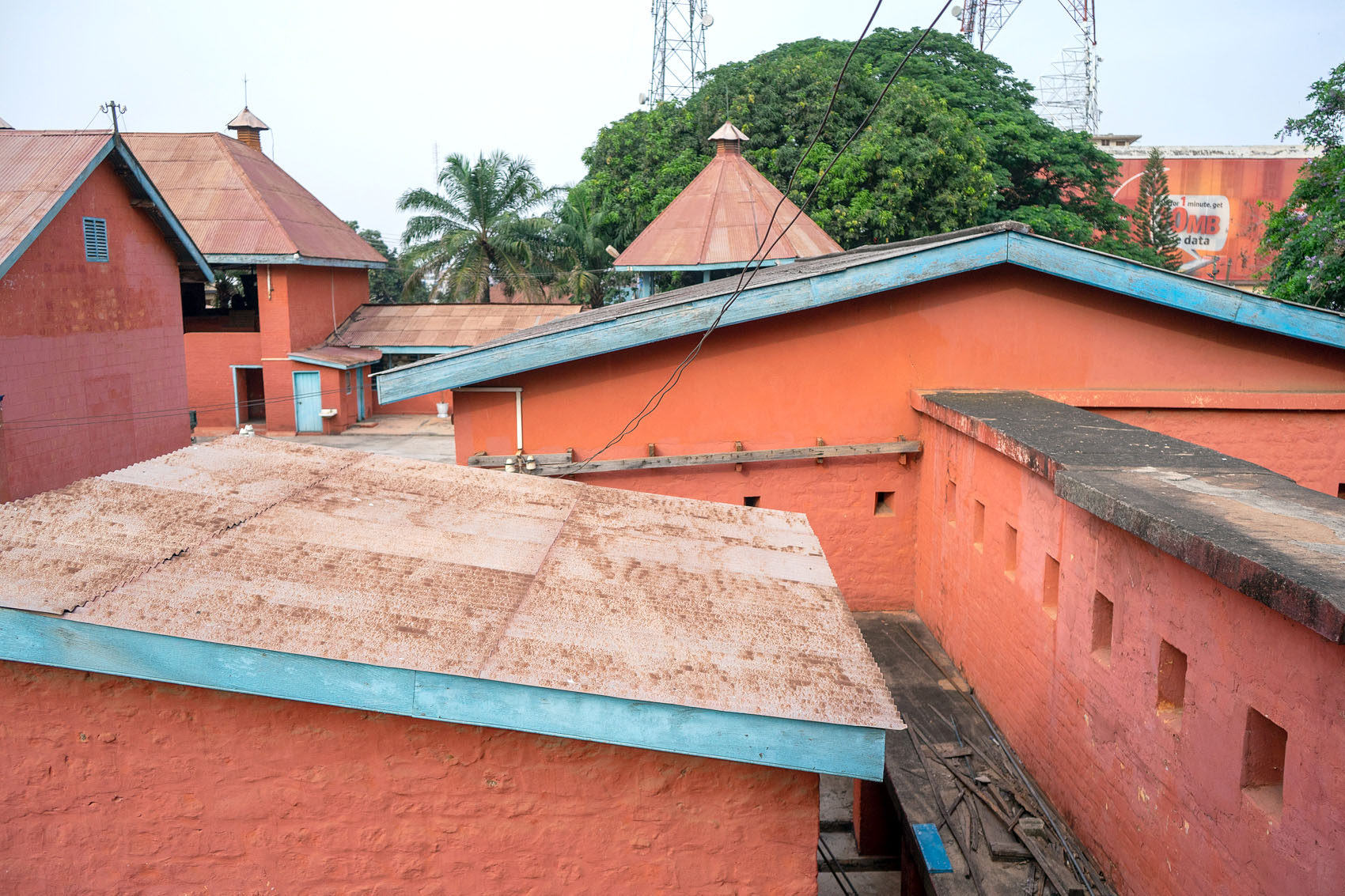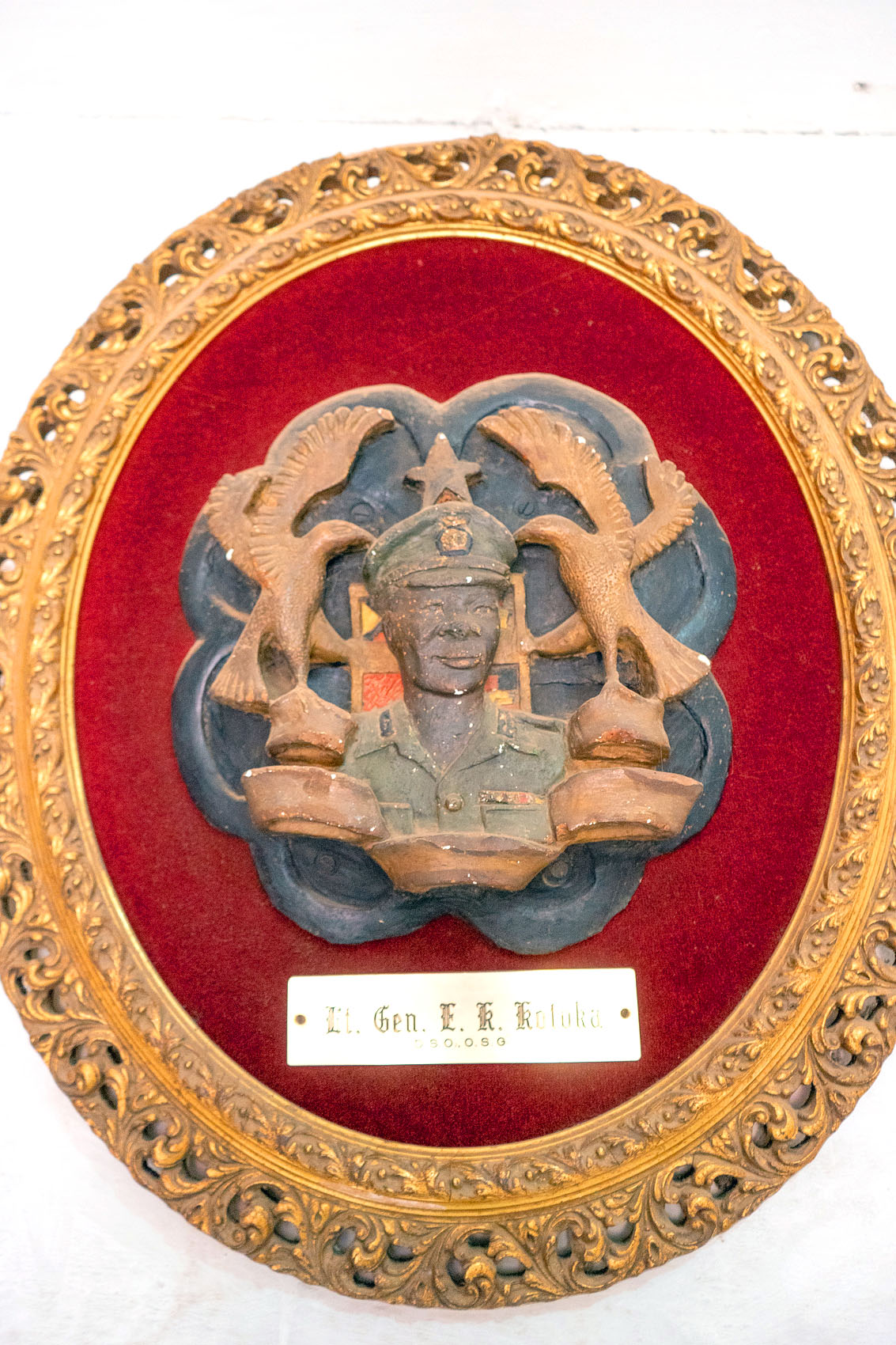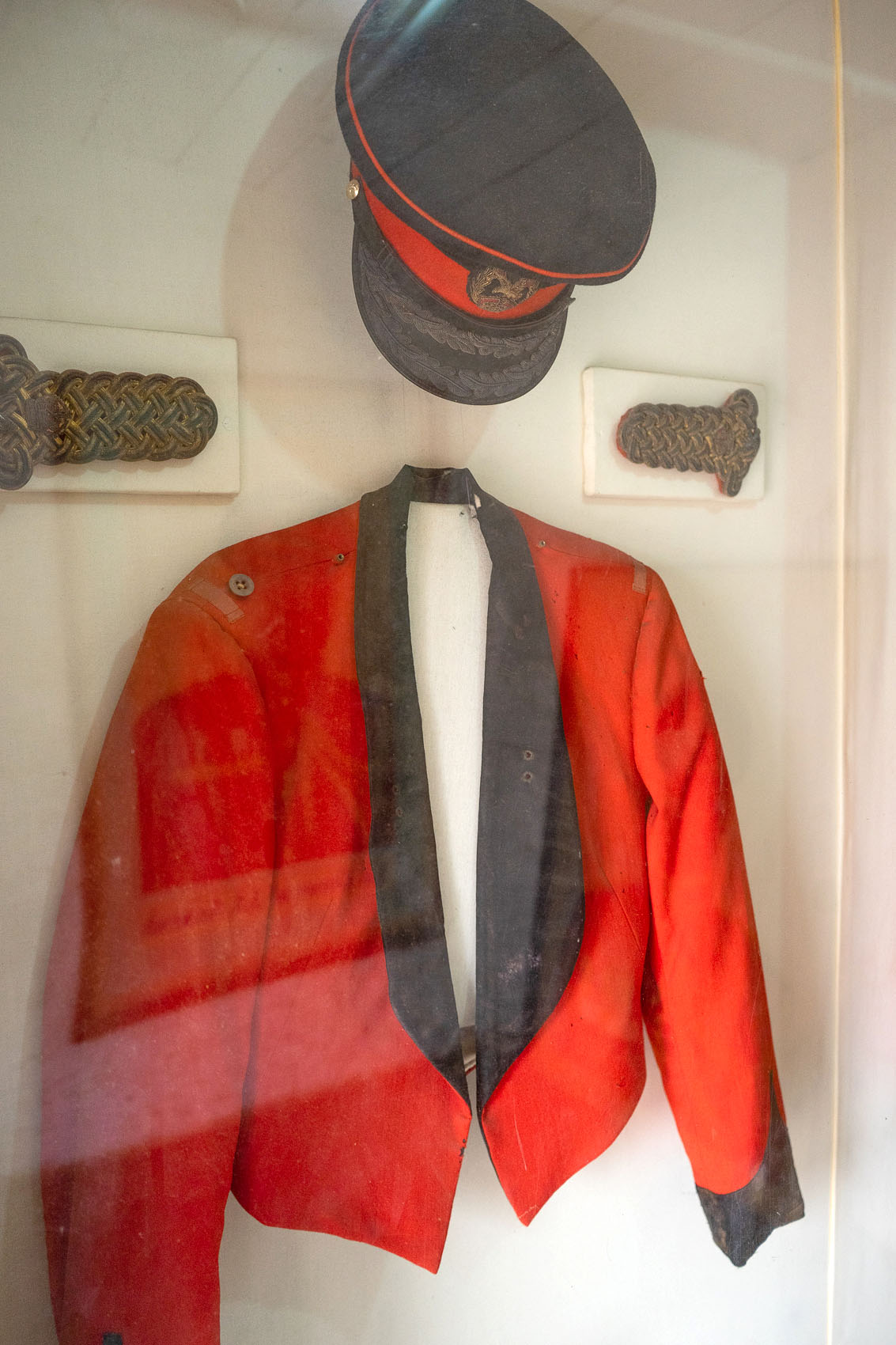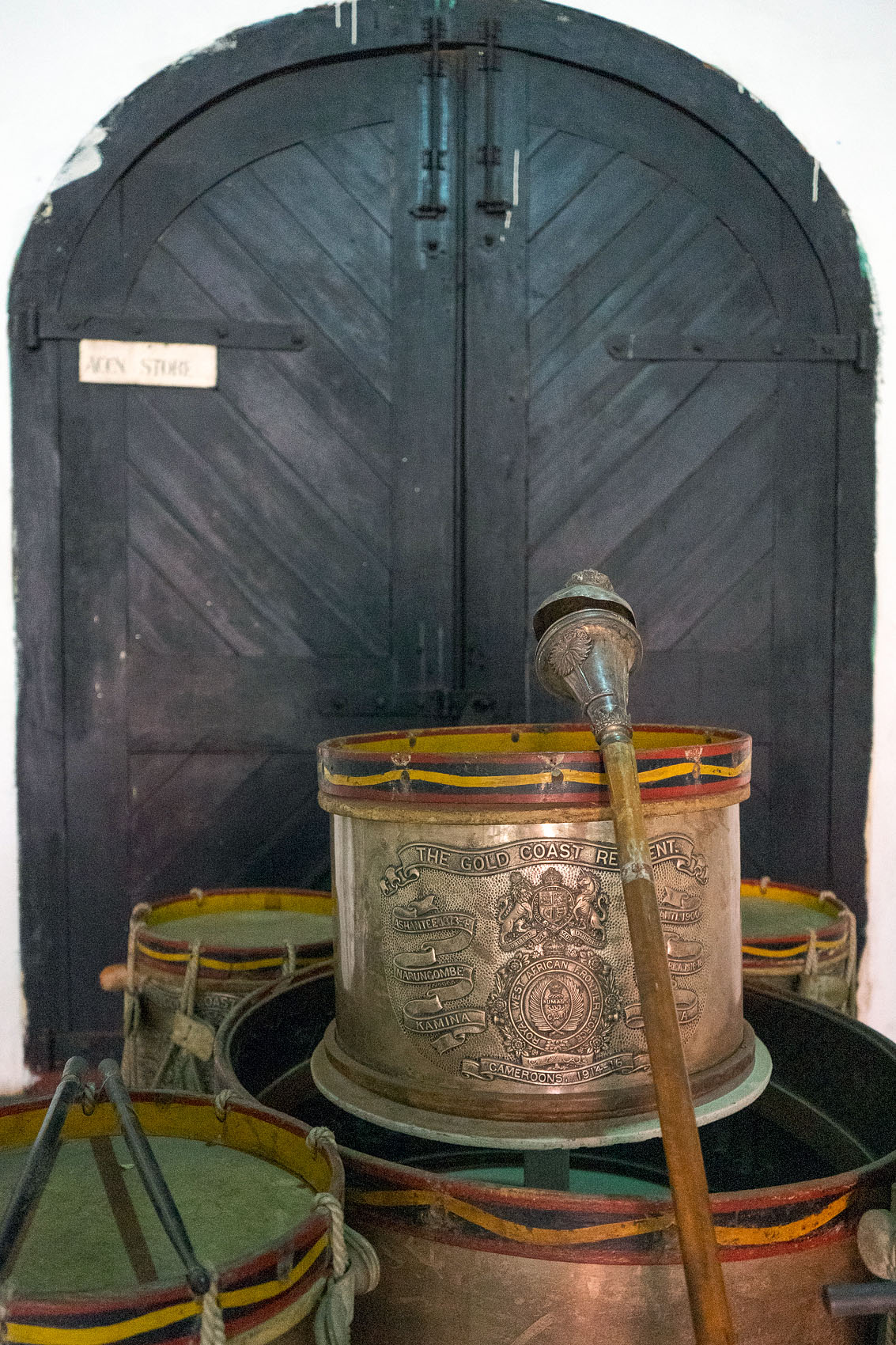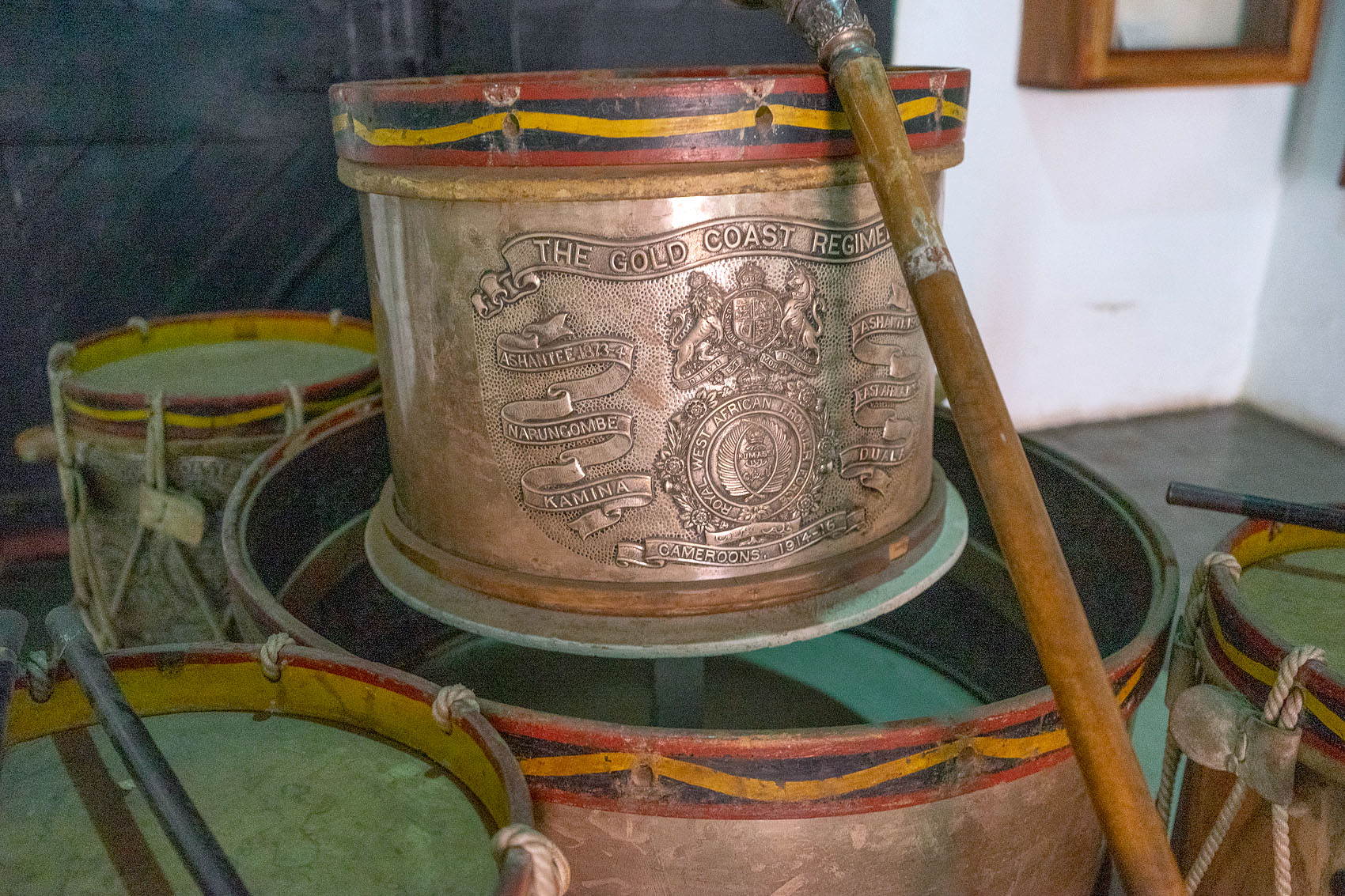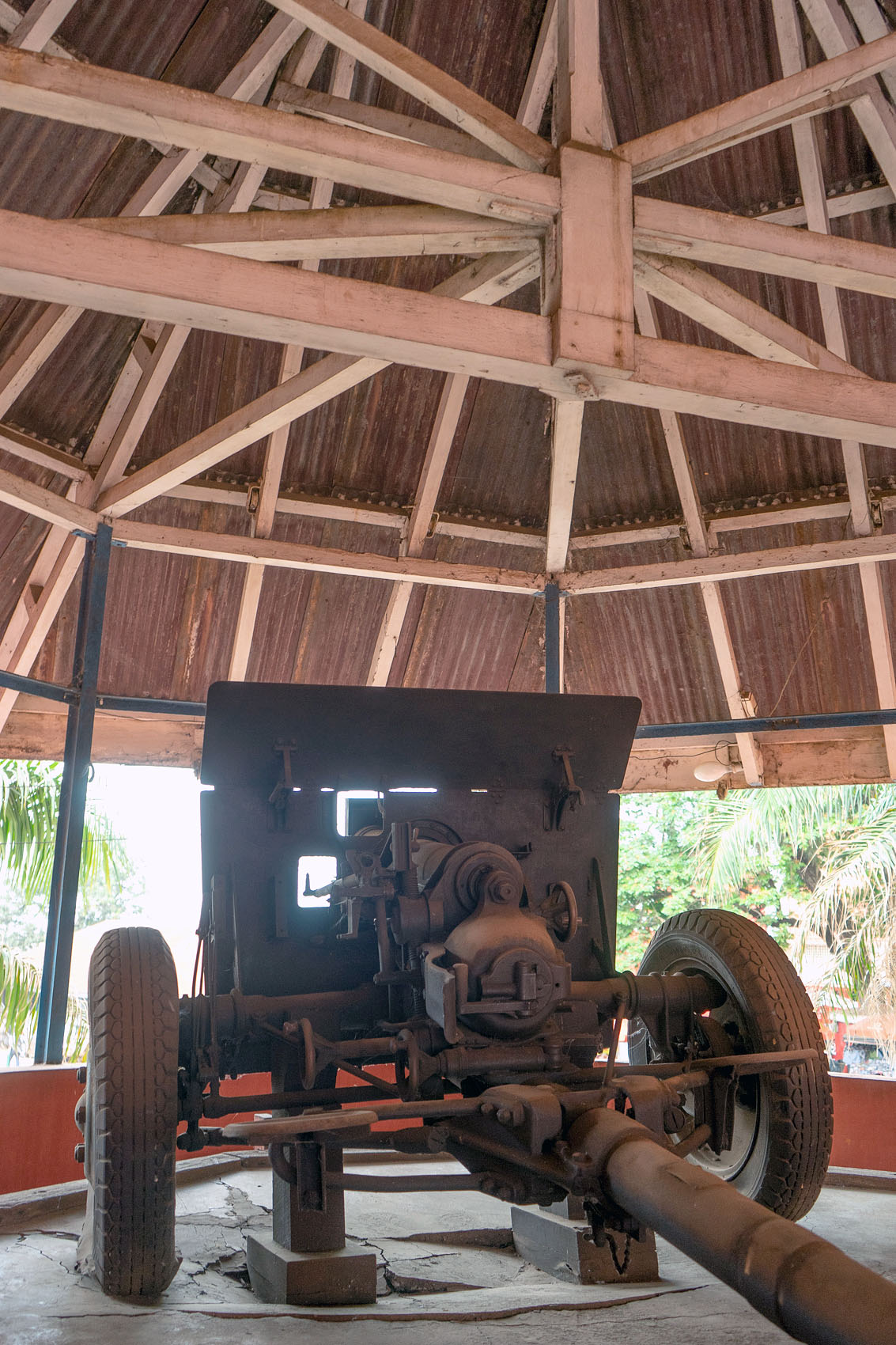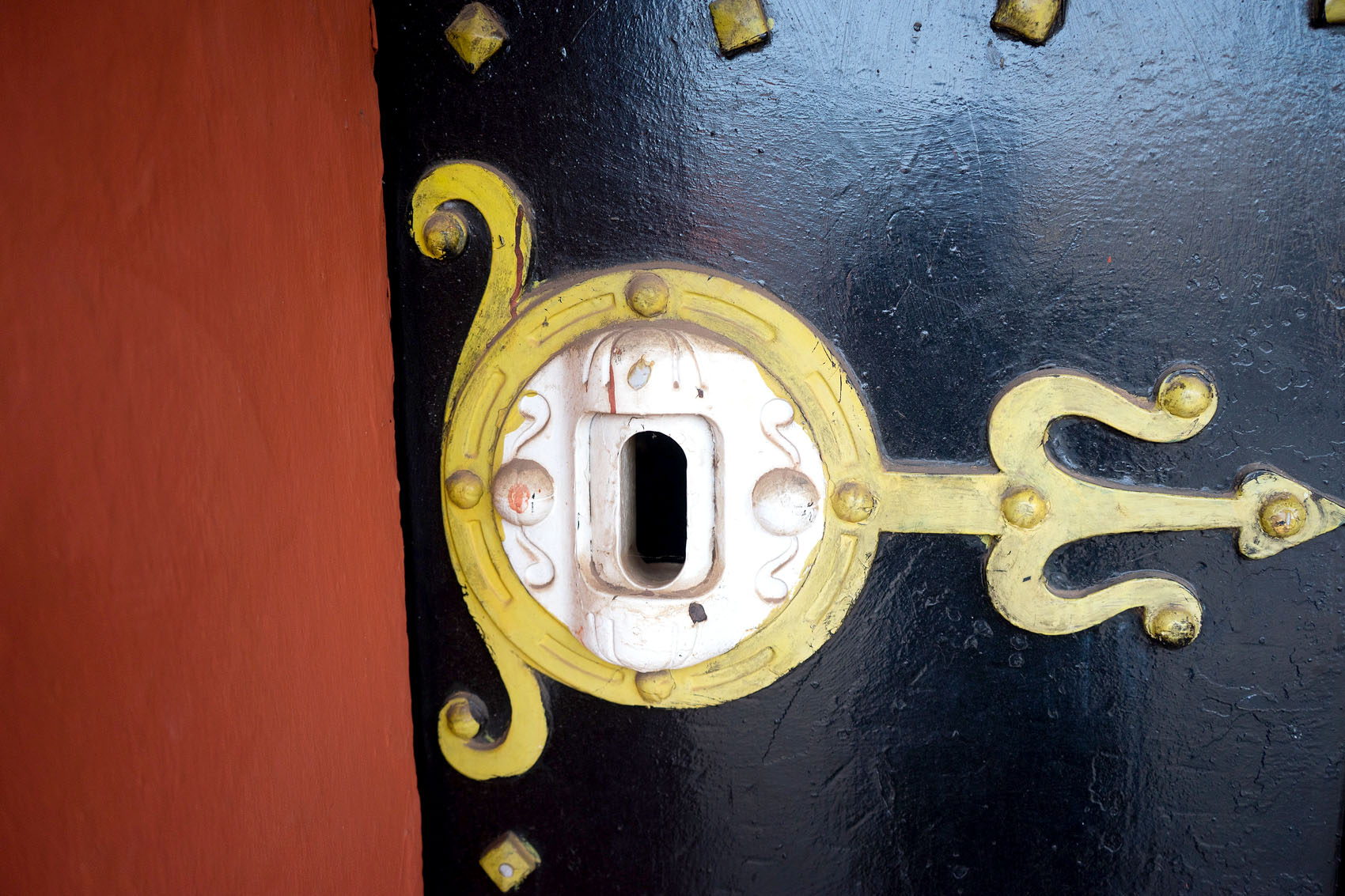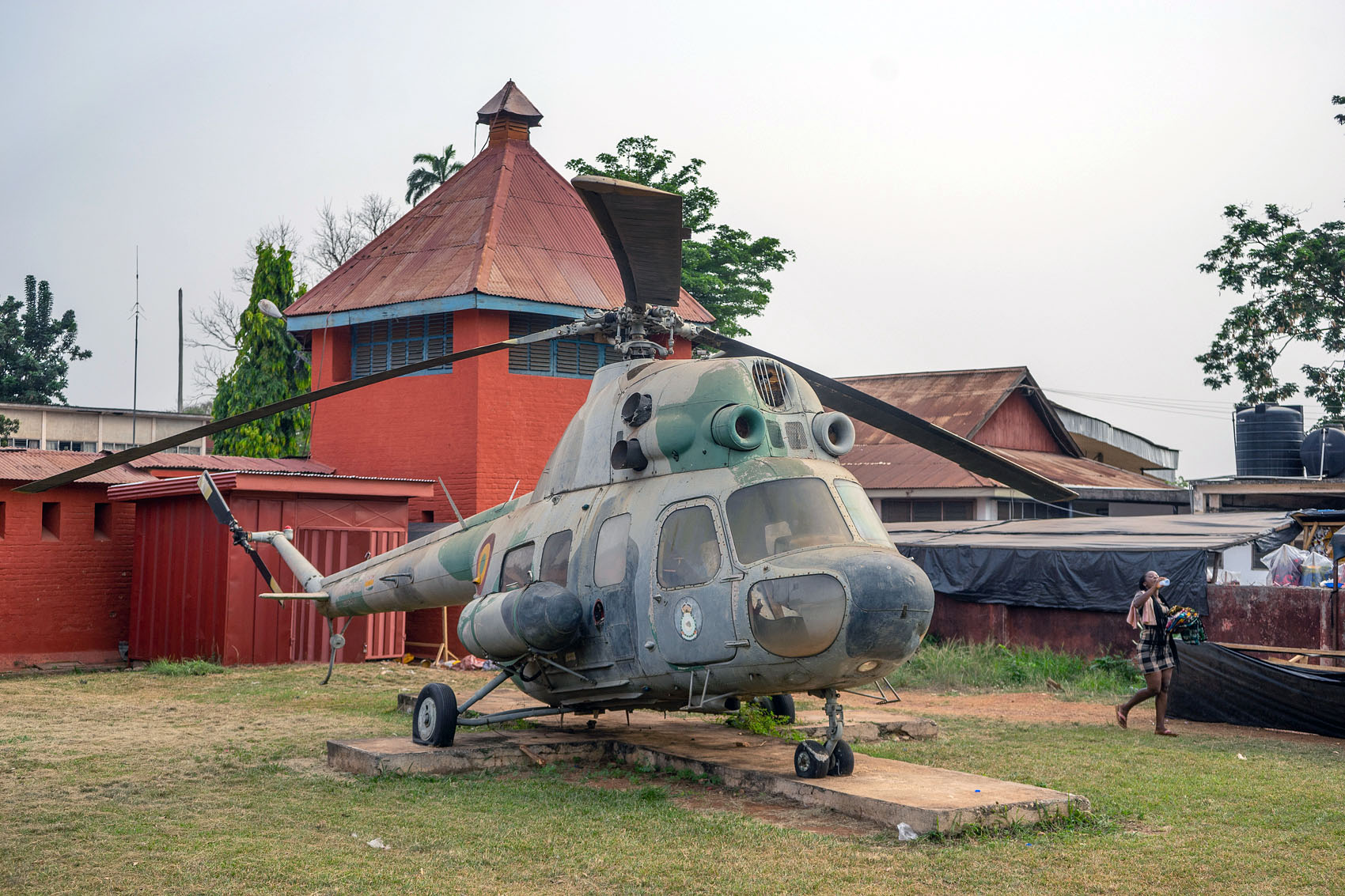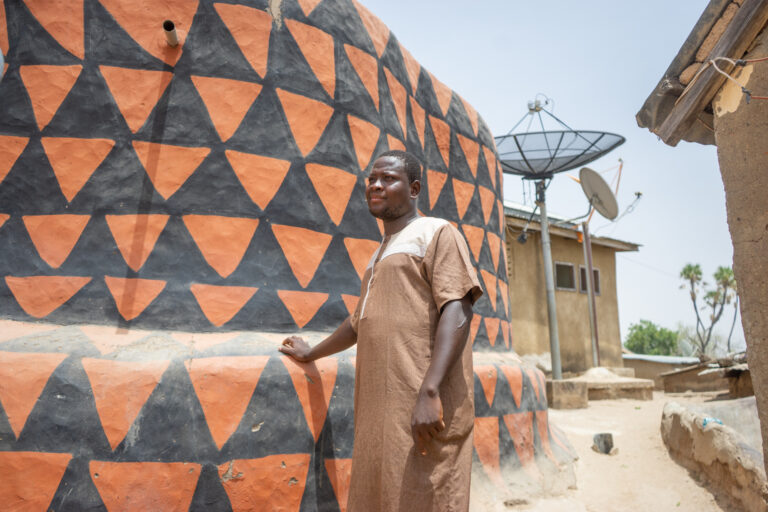Fort Kumasi and the Armed Forces Museum
A military museum is not usually something that most people would put into the top tier of an African sightseeing itinerary. But in Kumasi, the Armed Forces Museum leaps to the top of the pack, thanks mostly to its fantastic setting: an old fort in the center of town, which was the site of one of the region’s most historic armed conflicts.
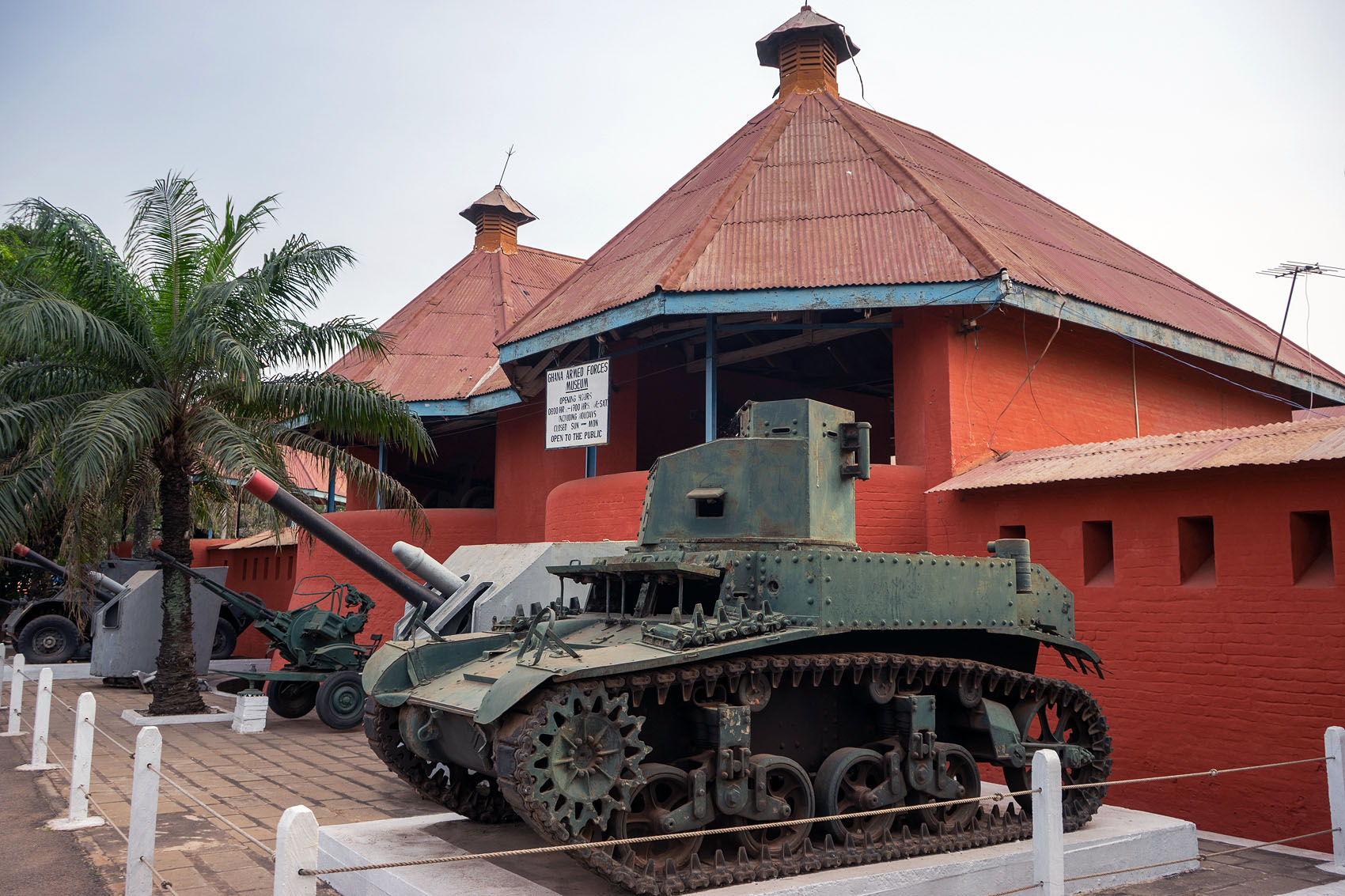
Kumasi might not be as large as Accra, but as far as sightseeing goes, this city has brought its A-game. It’s not that there’s an abundance of things to see — but they’re all excellent. Our visits to the Prempeh II Jubilee Museum and the Okomfo Anokye Sword Site exceeded any similar experiences to be had in Accra, thanks both to the fascinating subject matter, and the knowledgeable guides.
The Armed Forces Museum continues Kumasi’s hot streak. Our guide took us an exhaustive and entertaining tour of the country’s military past. More than just focusing on the Ashanti, this museum is national in scope, paying tribute to Ghana’s various military branches (Army, Air Force, Navy), its service in the World Wars, and also its humanitarian efforts in Africa and further abroad.
There is, of course, also a focus on the history of the Ashanti, and particularly their conflicts with the British. The Ashanti were one of the only African people to successfully defeat the colonizers in battle, although their victories were always short-lived. This fort, built by the British in 1896, was the site of the city’s most famous siege. After the Ashanti had been defeated, a retinue of Brits arrived from the south and installed themselves in Fort Kumasi, where they petulantly demanded possession of the Golden Stool: the most symbolic item in the culture of this very proud people.
Big no-no. The Queen Mother, Yaa Asantewaa, responded with something along the lines of “Okay, I’ll bring it right over. It’s right down the barrel of my gun.” (Really.) She then went to get the gun, and herself led the Ashanti into battle. Locked inside the fort for weeks, the British contingent (which included Lady Hodgson, after whom Aburi’s greatest tree is named) waited out the siege, until they were nearly out of food.

Reinforcements eventually arrived, and arrested the Queen Mother, whom they had great difficulty in finding. Upon finally locating her, they couldn’t believe this frail old person was the mighty warrior queen, nor that she was even a woman. They stripped her from the top up, photographed her, and then threw her into the prison at Fort Kumasi before shipping her off to exile in the Seychelles, where she’d eventually die.
We were able to see the shocking prison in which the Queen was kept for weeks — no lights, no stool, just a bare, dark hole. But at least she had the cell to herself. Less prominent prisoners were kept here by the dozen, forced to defecate and even die in a space that would barely be enough for two.

The rest of the museum is just as engrossing … we loved the room about Ghana’s involvement in UN missions around Africa and the world. Having been at peace since its founding, Ghana’s armed forces only get exercise by helping keep the peace in other war-torn regions, from Rwanda to Yugoslavia. We also enjoyed the lookout towers, one on each corner, and the decommissioned aircraft around the yard.
Even if you’re not into military paraphernalia, this museum deserves attention, regardless of how long you’ll be staying in Kumasi. Another engaging exhibition, in a city that is turning out to be full of them!
